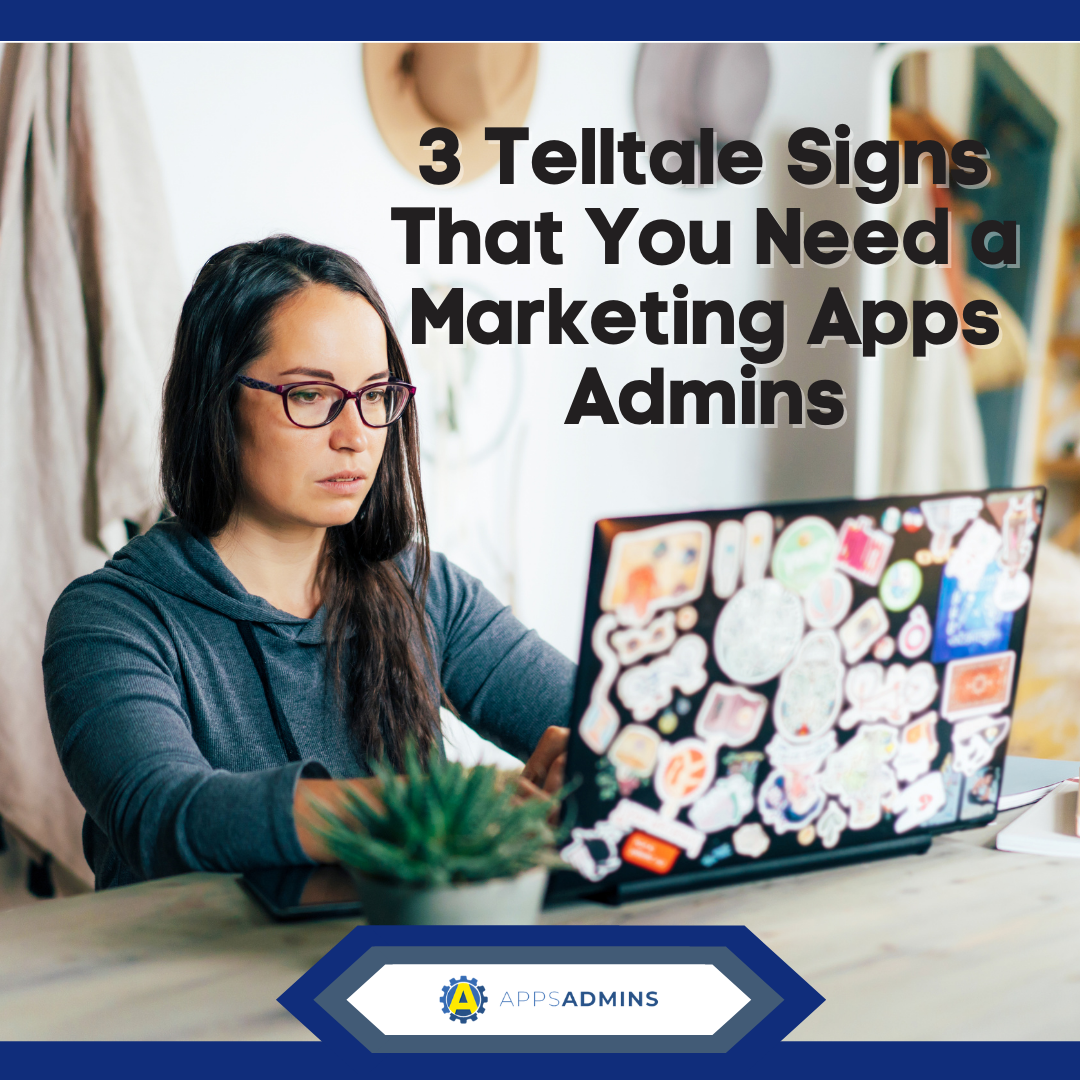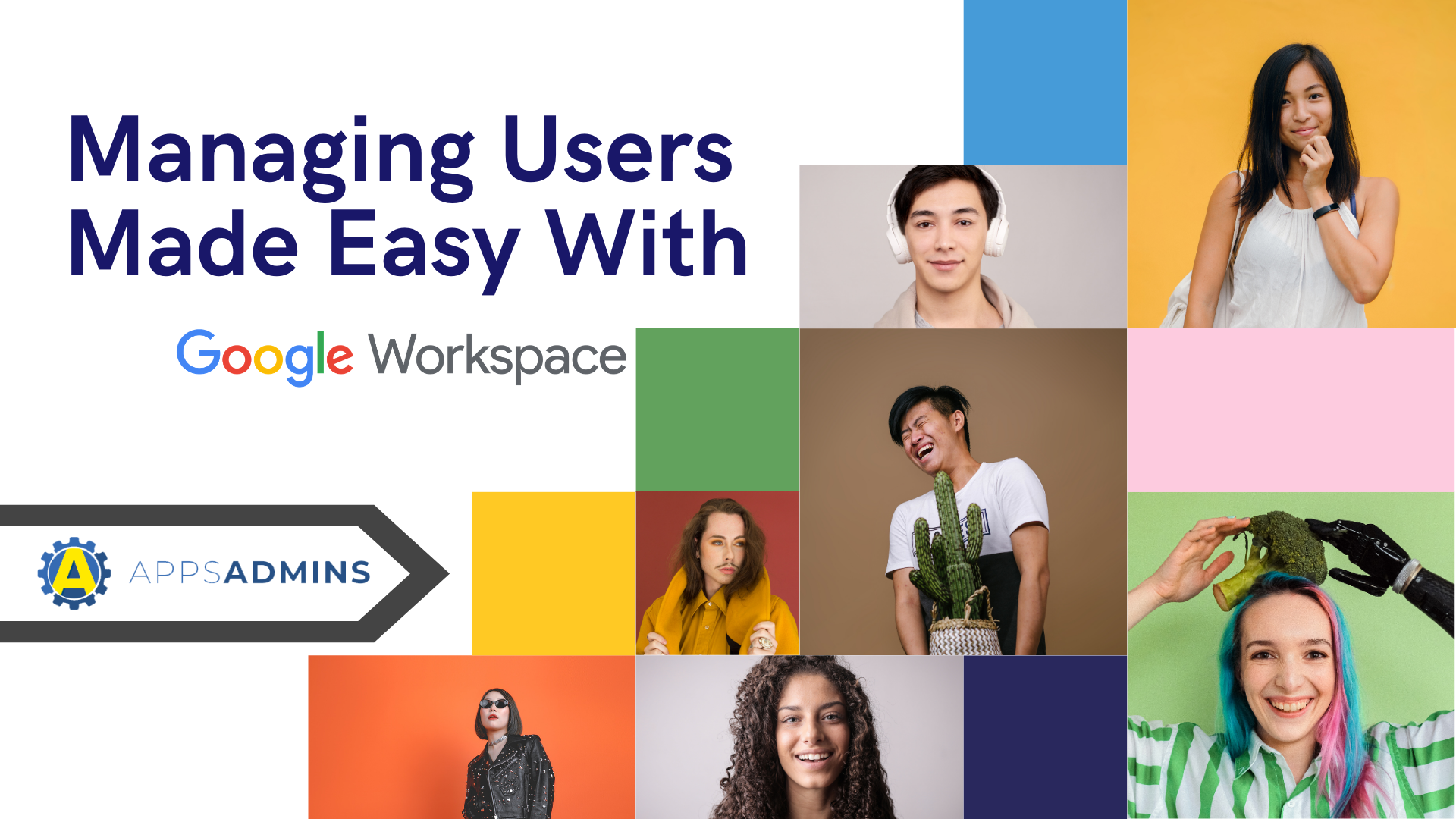G Suite Business Free for 30 Days
Sign up for a Free 30 Day Trial of G Suite Business and get Free Admin support from Google Certified Deployment Specialists.


Chromebooks can connect users to software built for other operating systems, such as Linux and Windows. However, extending the reach beyond web apps may require a subscription to services or additional hardware.
These services enable organizations to access Windows desktop applications via a browser or a Chrome web app. This approach provides optimal organizational control; however, it requires configuration.
It is common for businesses to prefer using traditional remote desktop tools like those offered by VMware and Citrix. Hence, the introduction of virtualization tools.
Chrome Remote Desktop provides a practical way to gain remote access from a Chromebook to a Linux, Windows or Mac system. The connection only works when the remotely accessed system has Chrome installed. Once the connection is established, it becomes easier to configure and run the system remotely.
The Chrome OS supports connections running in both directions not just from a Chromebook. You can either share the system on request or make it always available. The later is recommended only on systems that are under your full control.
VMware support on Chrome Devices
Google teamed up with VMware to boost enterprise adoption of Chromebooks. The move is aimed at providing support for Windows app integration on Chrome devices. It enables more organizations to embrace the cloud with Chromebooks by making migration of legacy applications easier.
Businesses can leverage a Windows experience on Chrome devices running VMware Horizon View. The integration addresses the issue raised by many enterprise customers that Chrome lacked support for legacy Windows apps.
For many IT decision-makers, the use of application streaming, thin client and desktop virtualization technologies is a high priority. Horizon 7 simplifies VDI by delivering published desktops and applications on a single integrated platform.
Using the XenApp to deliver Windows apps and desktops
An ever-increasing number of businesses are maximizing productivity and reducing costs by switching to Chromebooks. They are finding the devices more attractive for their enterprise use cases in part because of the Citrix software. The solution revolutionizes desktop and app delivery.
Citrix provides a complete virtual app and desktop with the aim to satisfy specific enterprise requirements. The solution enables business professionals to work from any location while reducing information technology costs. Employees gain access to SaaS applications, Linux, Windows and web apps or desktops more conveniently. This objective is achieved without the need for additional server infrastructure.
The Citrix XenApp powers Chromebooks to deliver line-of-business (LOB) and Windows applications to end users. The deployment of the latest Citrix Storefront version helps ensure that the delivery is handled securely.
The virtualization solution is scalable, user-friendly and can be managed easily. However, the ability to access a remote Linux or Windows desktop securely may not be enough for some entities. In such cases, a more involved approach is necessary.
Businesses are required to optimize user experiences to bolster data protection, increase adoption and maximize capabilities by reducing the number of consoles. Data protection measures extend to bring your own device (BYOD) programs.
The proper implementation allows organizations to make the most of IT benefits associated with the virtual desktop infrastructure (VDI)). In turn, it becomes easier to meet specific needs of the most demanding users regardless of the devices involved.
The Citrix XenApp employs Citrix Receiver for Chrome and the Citrix StoreFront to deliver Windows apps to Chrome devices. The machines are centrally managed via the management console.
Amazon WorkSpaces on Chromebooks? YES please
Amazon WorkSpaces offers a secure Desktop-as-a-Service (DaaS). AWS makes it easier for organizations to provision cloud-based Microsoft desktops for end users. This gives employees access to resources, applications and documents from anywhere using supported devices, including Chromebooks.
The AWS Management Console allows IT to deploy cloud desktops to a large number of users. New customers are given an opportunity to test the service at no cost. The service eliminates up-front investments and the need to manage a complex virtual desktop or a physical desktop environment.
Amazon WorkSpaces keeps data secure using a remote display protocol, which encrypts, encodes and compresses data. As a result, only images are transmitted. The solution also incorporates the AWS Key Management Service (KMS) designed to encrypt storage volumes.
Chrome RDP
The Chrome RDP app allows users to connect to Windows apps and desktops using the Chrome browser. It supports both secure socket layer (SSL) and RDP encryption. It is the first standalone RDP client that works with the Chrome browser.
Conclusion: Win-GCP Convergence is Happening.
More solutions for accessing windows, linux, and legacy apps on Chrome devices daily. While there are GCP desktop as a service providers, we include AWS as part of a multi-Cloud strategy. You should always weigh your options, risks and costs when curating multi-cloud products. If you are an Azure intensive IT shop you may want to consider some of the GCP desktop as a service options.
.jpg?width=818&name=appsadmins-svg-rules-1%20(2).jpg)







